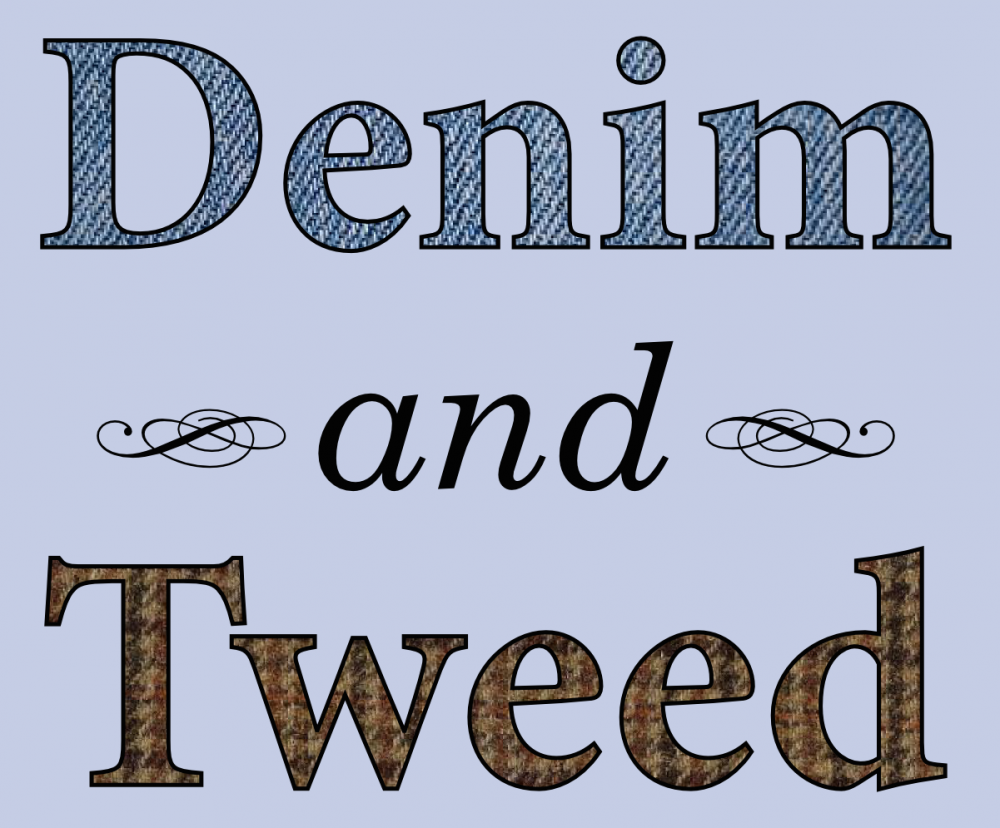There’s big news today at the Queer in STEM project site: we’re about to launch a new iteration of our online survey. Queer in STEM 2.0 is happening thanks to Joey Nelson, a PhD candidate in geosciences at Stanford, who approached us last fall about developing a new study to build on what we’ve learned from the first Queer in STEM survey. He had some great ideas for new questions to tackle:
Do LGBTQ-identified people remain in the closet in STEM workplaces mainly because they feel a lack of support, or because STEM workplace cultures discourage discussion of personal lives outside the lab? How do LGBTQ-identified colleagues, mentors, and role models affect their careers? Does being “out” in the workplace affect their research productivity?
Queer in STEM 2.0 aims to answer these questions with a new online survey designed for more specific hypothesis testing. We hope to hear again from participants in the original Queer in STEM survey, and to achieve an even bigger sample from LGBTQ-identified STEM professionals across the U.S. and Canada. Finally, in our biggest innovation from the original study, we will also ask STEM professionals who don’t identify as LGBTQ to answer many of the same questions we will ask LGBTQ-identified participants, to provide a powerful new tool for understanding the survey results: a control sample.
Joey’s taken the lead in developing a new, more focused questionnaire that adjusts the questions it presents based on initial responses — so, hopefully, it’ll be a smaller time commitment for participants. We’ve also had help and input from Daniel Cruz-Ramirez de Arellano, a chemist at the University of South Florida who’s already worked with Allison to analyze one-on-one interviews from the first study. We’re also grateful to have the continued support of NOGLSTP, and now oSTEM, too.
As an aside: We’d originally planned to announce the new study on Monday, but we held off for a bit in the wake of the horrific mass killing at the Pulse nightclub in Orlando. It’s hard to think that a project like Queer in STEM matters much, in the face of that kind of hatred. I do believe, though, that working to understand individual queer experiences — the nitty gritty details of our lives and careers — is part of the much bigger project of making society kinder to all people. The Pulse massacre is only the latest act of anti-queer violence to add to the fears that LGBTQ-identified folks carry with us every day — including in our laboratories and classrooms. I know I speak for all my collaborators when I say that we hope Queer in STEM can help to make those spaces feel safer.
We’ll officially open the new survey for responses on Monday, 20 June — look for notice here, on the study site, or on social media.









